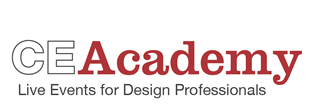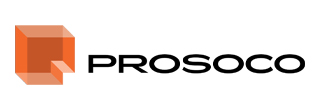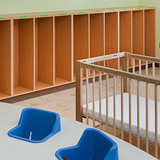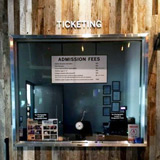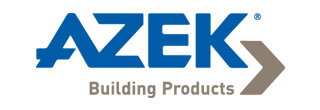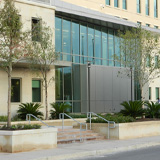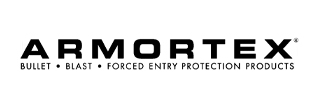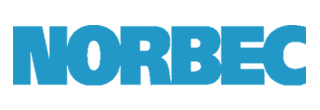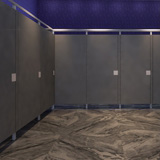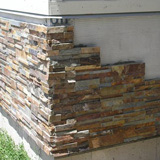JOIN US EACH AFTERNOON • FREE TO ATTEND!
Web-Series for Maine, New Hampshire, Vermont, & Massachusetts

Web-Series for Maine, New Hampshire, Vermont, & Massachusetts
Event Dates
Monday, January 11 | Tuesday, January 12 | Wednesday, January 13 | Thursday, January 14
Available Credits
10 AIA HSW/LU CE Hour(s)
2 GBCI General Hour
Event Agenda
Monday, January 11, 2021
Monday, January 11, 2021 | 1:00 pm Central
|
Sponsored By All Weather Insulated Panels 1 AIA HSW/LU CE Hour(s) 1 GBCI General Hour Learning Objectives:
|
Monday, January 11, 2021 | 2:00 pm Central
|
Sponsored By PROSOCO Presented By Dave Pennington 1 AIA HSW/LU CE Hour(s) 1 GBCI General Hour Learning Objectives:
|
Tuesday, January 12, 2021
Tuesday, January 12, 2021 | 11:00 am Central
|
Sponsored By S-5! 1 AIA HSW/LU CE Hour(s) Learning Objectives:
|
Tuesday, January 12, 2021 | 1:00 pm Central
|
Sponsored By Case Systems 1 AIA HSW/LU CE Hour(s) 1 GBCI General Hour Learning Objectives:
|
Tuesday, January 12, 2021 | 2:00 pm Central
|
Sponsored By Ron Blank & Associates Inc. 1 AIA HSW/LU CE Hour(s) Learning Objectives:
|
Wednesday, January 13, 2021
Wednesday, January 13, 2021 | 11:00 am Central
|
Sponsored By AZEK Building Products Presented By Nat Whitehurst 1 AIA HSW/LU CE Hour(s) Learning Objectives:
|
Wednesday, January 13, 2021 | 1:00 pm Central
|
Sponsored By Armortex 1 AIA HSW/LU CE Hour(s) Learning Objectives:
|
Wednesday, January 13, 2021 | 2:00 pm Central
|
Sponsored By Norbec 1 AIA HSW/LU CE Hour(s) 1 GBCI General Hour Learning Objectives:
|
Thursday, January 14, 2021
Thursday, January 14, 2021 | 1:00 pm Central
|
Sponsored By Scranton Products 1 AIA HSW/LU CE Hour(s) Learning Objectives:
|
Thursday, January 14, 2021 | 2:00 pm Central
|
Sponsored By Benjamin Obdyke 1 AIA HSW/LU CE Hour(s) Learning Objectives:
|
